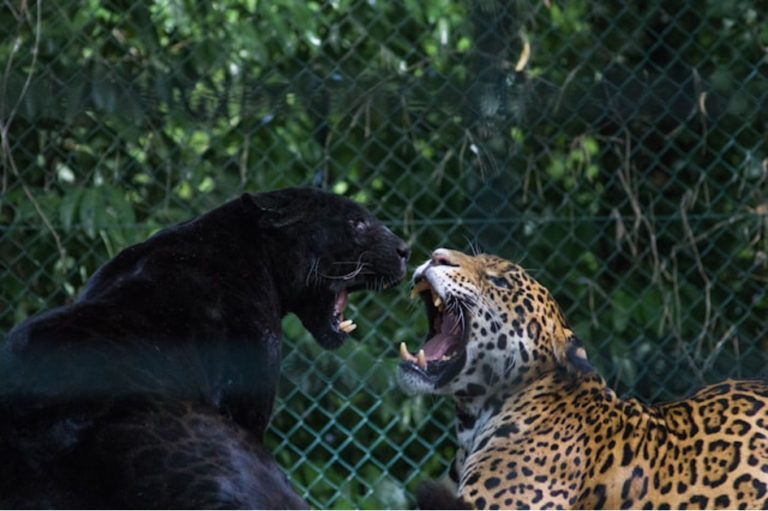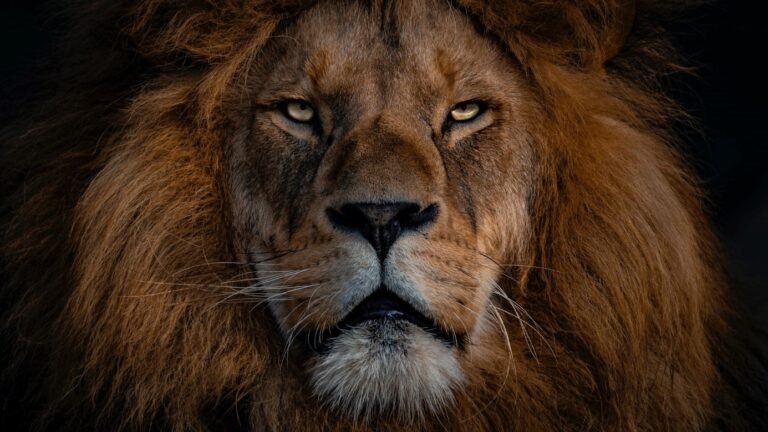know more about the wildebeest

wildebeest is an African ungulate known as “the wildebeest”. It occurs mainly in eastern and southern Africa. There are species of this animal, the blue wildebeest, and the black wildebeest. Both are from Africa.
Portrayal Of A Wildebeest
The Wildebeest( rubric Connochaetes), also called wildebeest, is an ungulate mammal set up in southern Kenya, southern Angola, and northern South Africa.
The uncomely wildebeest has been given the Afrikaans name wildebeest, or” wild beast,” because of the menacing appearance conferred on it by its large head, shaggy mane, refocused beard, and refocused twisted cornucopias.
The wildebeest is quite a dependable source of food for the most threatening bloodsuckers of the African champaign Napoleons, cheetahs, wild tykes, and hyenas.
CHARACTERISTIC OF GNU
The common wildebeest( Connochaetes taurinus) is a cornerstone species in tableland and acacia champaign ecosystems from southeastern Africa to central Kenya. It’s veritably gregarious and superbly acclimated to a migrant actuality.
Connochaetes taurinus has high shoulders leaning down from the hindquarters, a deep casket, a short neck, and slender legs. It’s remarkably various, its fleece being slate argentine to dark brown and equally countercharged( i.e. lighter above and darker below), with black perpendicular stripes on the pins as well as black markings on the forepart, mane, beard( white in two species) and long tail.
The cornucopias, analogous in both relations, is the act of a cow.
Wildebeest can reach 2.5 measures in length, and1.5 measures in height at the shoulders( withers). Both males and ladies have cornucopias and weigh between 100 and 275 kilograms. They have a big head with a cow face, a shaggy mane, and a pointed beard.
Their pointed, twisted cornucopias measure up to 1 cadence in the periphery. Both males and ladies have cornucopias.
The frontal part of their body is heavily erected and they’ve slender hindquarters and slender legs. They have a tail that’s 40 to 50 centimeters long. They are among the most specialized and effective African brutes and are dominant in mesa ecosystems.
They are antelopes and belong to the Bovidae family although their heaviness and disproportionate size of their forequarters give them a more bovine appearance, which also includes cows, scapegoats, and lambs.
Wildebeest are one of the most abundant large mammals in Africa and there are allowed to be around 1.5 million migrant individualities on the Serengeti Plain, which is the largest attention of grazing wildlife on earth.
Wildebeests can live up to 20 years.

HABITAT
Their habitat includes the grassy plains and open forests of central, southern, and eastern Africa, particularly the Serengeti plain in Tanzania and Kenya. They move in large herds and are active day and night, grazing constantly.
GNU DIET
Wildebeest are herbivores that feed on grass and succulents. Common wildebeest, with their blunt snouts and a wide row of incisors, can forage efficiently and in dense aggregations on the short grasses that cover the plains of the semi-arid zone during the rainy season.
Dependent on water and always in search of green grass, massive herds migrate at the end of the rains for hundreds of miles and spend the dry season roaming the acacia savannah, where there is water, taller grass that stays green longer, and new shoots of grass that appear after local fires or thunderstorms.
BEHAVIOUR
Wildebeest move in massive herds, some staying in one place while others are nomadic and are constantly on the lookout for new food sources.
Many of them have to make dangerous crossings, such as that of the Masai Mara in Kenya, a wide river where Nile crocodiles await them.
He moves in large herds, probably because numbers are a sure protection. The larger the group, the less likely the individual is to be spotted by predators.
Predators follow the herds and prey on the young and weak.
Wildebeest herds drop tons of droppings as they move, but this is quickly cleaned up by swarms of dung beetles that roll the droppings into balls and bury them before eating or laying eggs in them. Sometimes herds of over 500 wildebeest go wild and run at over 80 km/h.
Although destructive, this jostling promotes the growth of new plants and the renewal of the soil. The wildebeest can run at 40km/h over long distances and climb to 100km/h at top speed over short distances.
Wildebeest are most active in the morning and late afternoon, resting mainly during the heat of the night and also during the night. Wildebeest are noisy creatures that emit vocalizations such as growls, moans, and explosive snorts.
MIGRATION
Their dramatic northward migration in search of greener pastures is dictated by weather conditions but usually takes place in May or June. It is considered one of the greatest wildlife spectacles on Earth, involving up to 1.5 million wildebeest as well as hundreds of thousands of other animals including zebras and gazelles.
REPRODUCTION
Male wildebeest reach maturity at 3 or 4 years old and females at 2 or 3 years old. When males reach maturity, they establish their territory which they mark with droppings and secretions released from their faces and hooves.
They defend it against other males and attempt to mate with females that enter their area.
Mating activity is seasonal and is usually timed so that the majority of calves are born near the start of the rainy season when new grass is plentiful.
The last population of the Serengeti Plain
usually has its annual rut in June, during migration. Five hundred thousand females are mated in the space of a month by thousands of males who compete for as many cows as possible on small temporary territories.
The resulting noise and confusion are one of the most spectacular wildlife events in the world.
Pins can stand and run within twinkles of being born, but they must move with their maters to have any chance of surviving as they’re veritably vulnerable to lions,
Up to 500,000 calves are born in February and March each year, at the start of the rainy season.
A single calf is born after a gestation period of 8.5 months each year.
Unlike other antelopes, the female does not need to give birth in an isolated place, she will do it in the center of the herd if necessary. Wildebeest calves accompany their mother as soon as they can stand, instead of hiding for days or weeks.
It is an adaptation to migrations. The wildebeest is the earliest of all hoofed mammals.
, cheetahs, wild dogs, and hyenas.
The calves are nursed by their mother for 6 months, but they can eat grass after 10 days. The males leave the herd at the age of one year to form bachelor groups.

CONSERVATION STATE
GNU is abundant and although their numbers have increased in the Serengeti, they have declined in other areas such as southwestern Botswana due to competition with livestock.
Crop destruction has prompted farmers to kill wildebeest and erect long fences to prevent the animals from migrating to wetlands during seasonal droughts. The survival of the species depends on conservation efforts.






